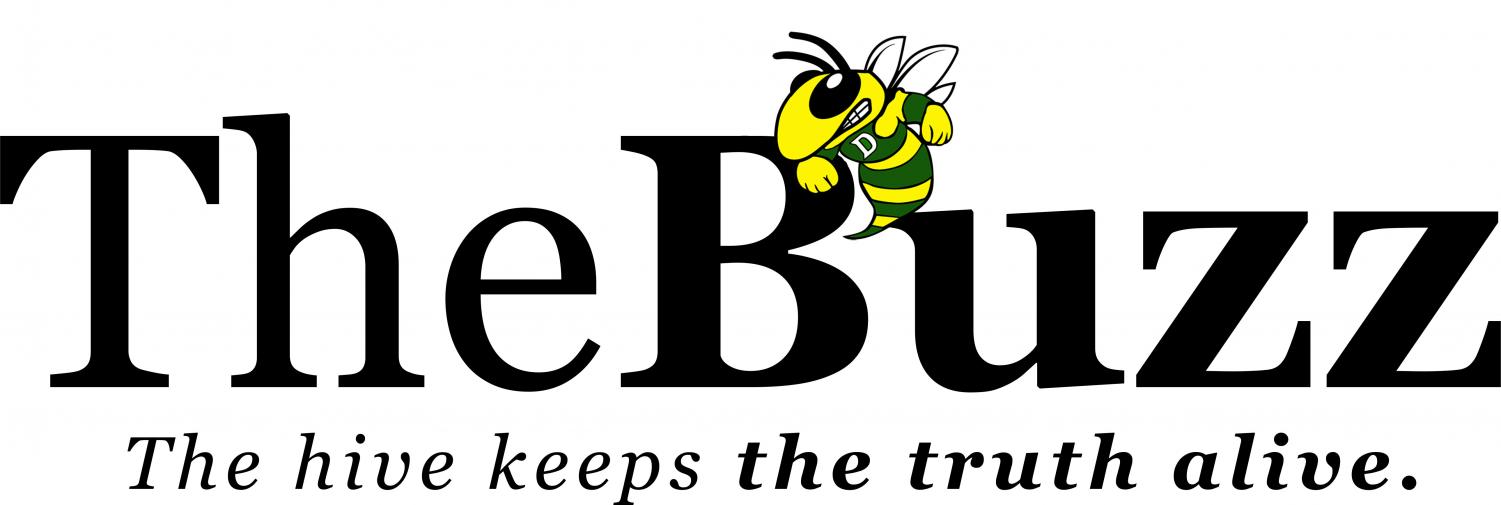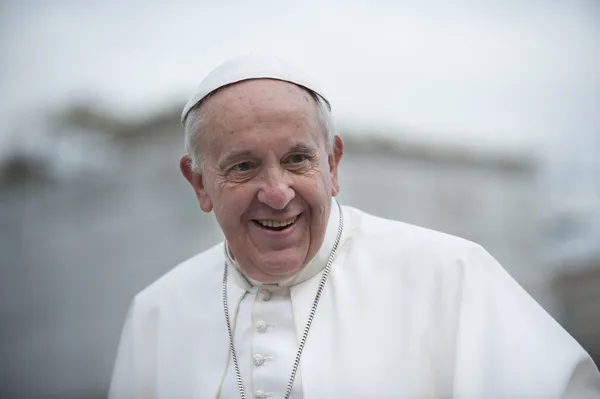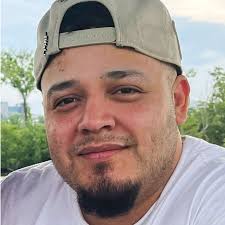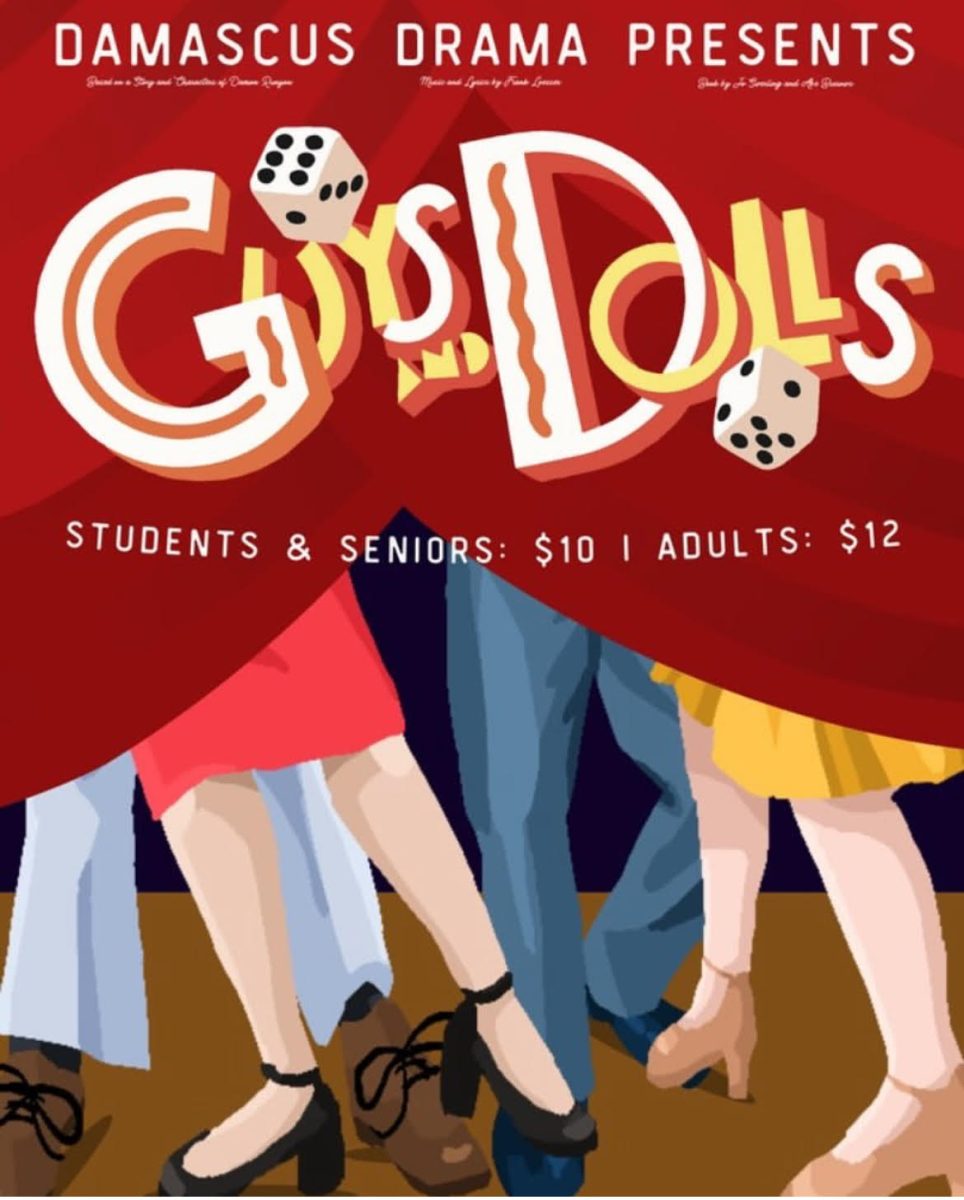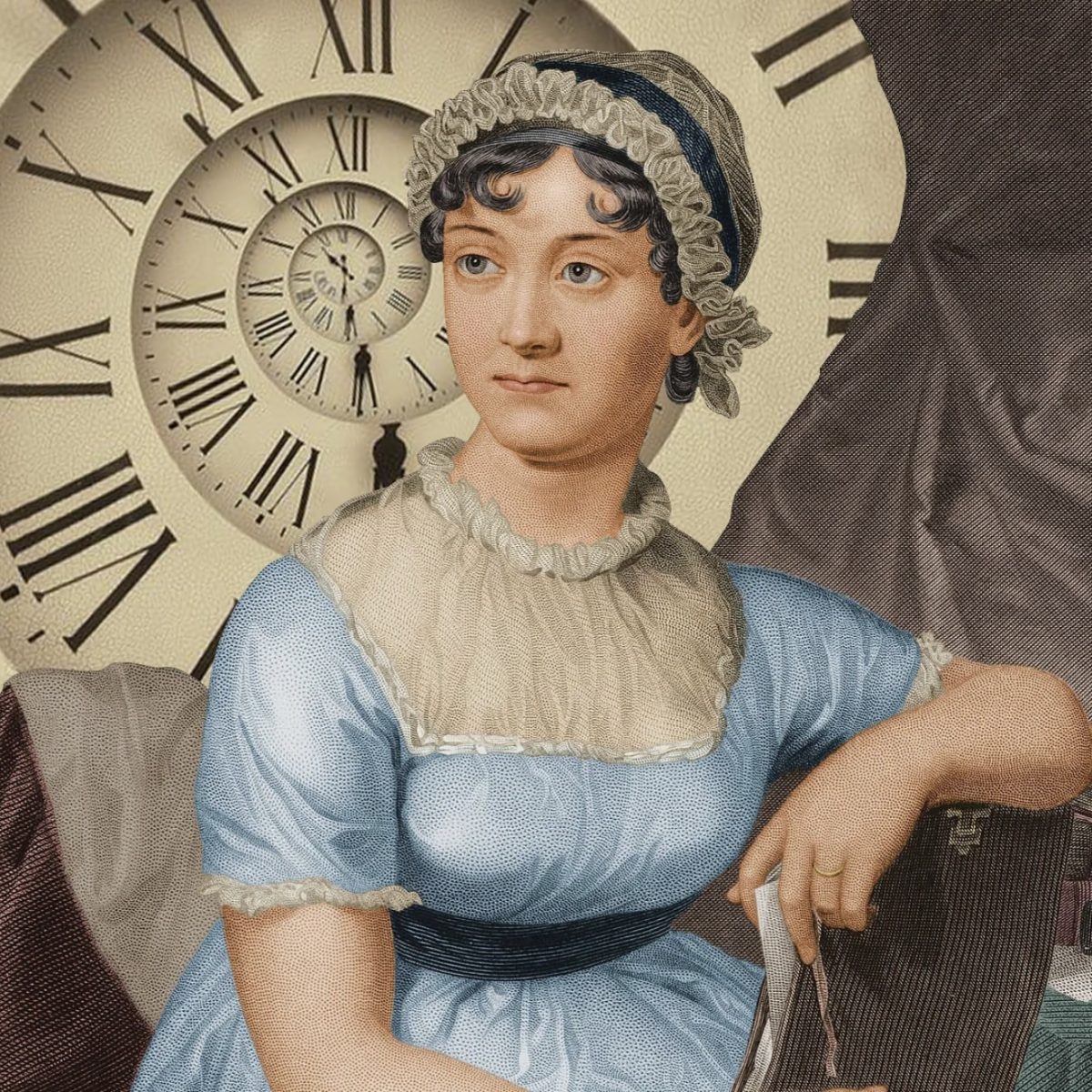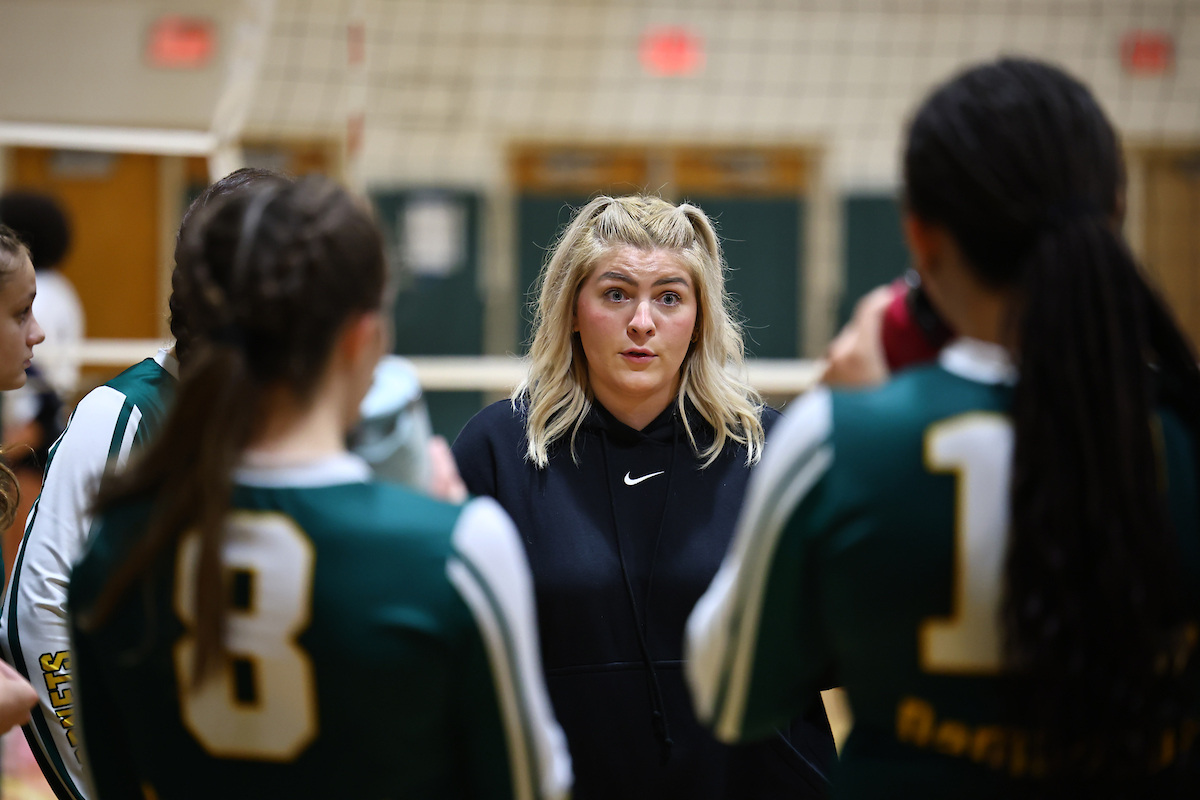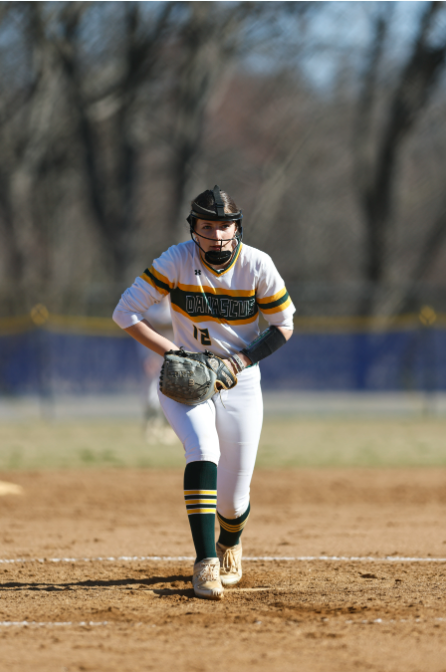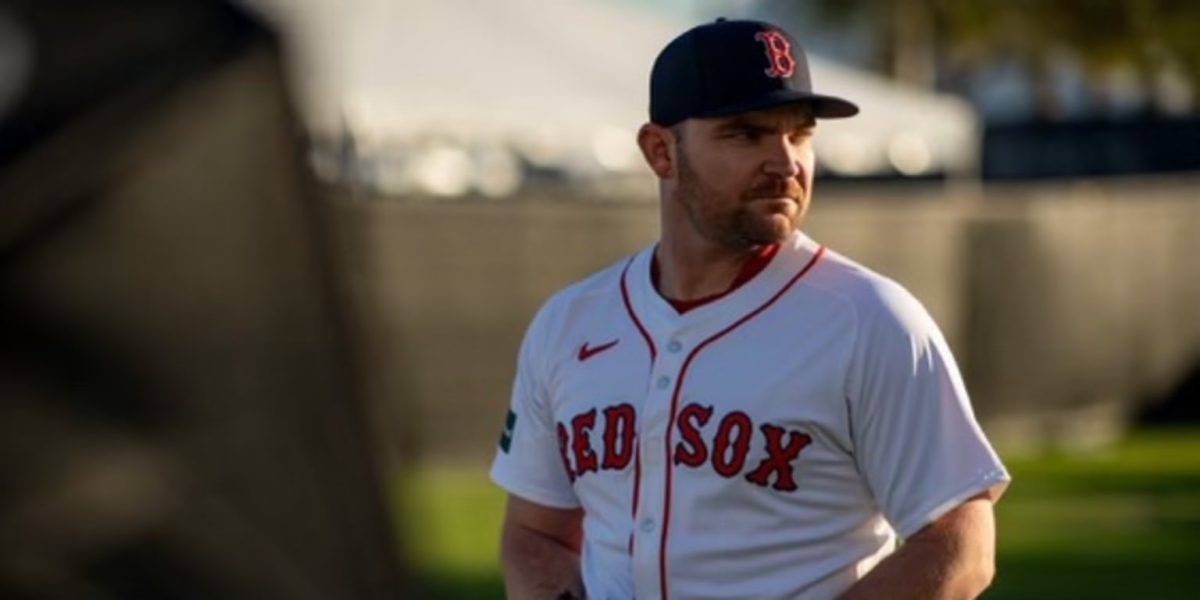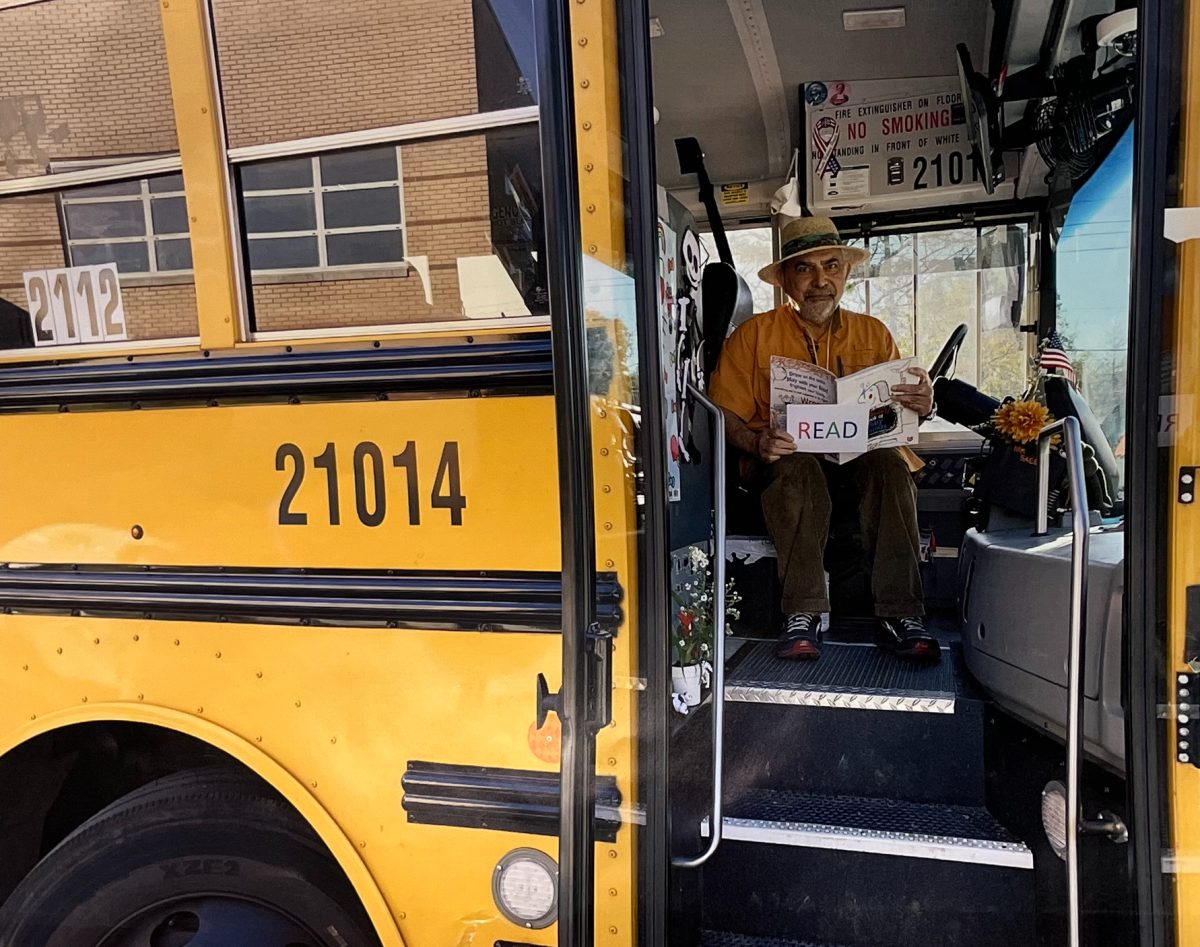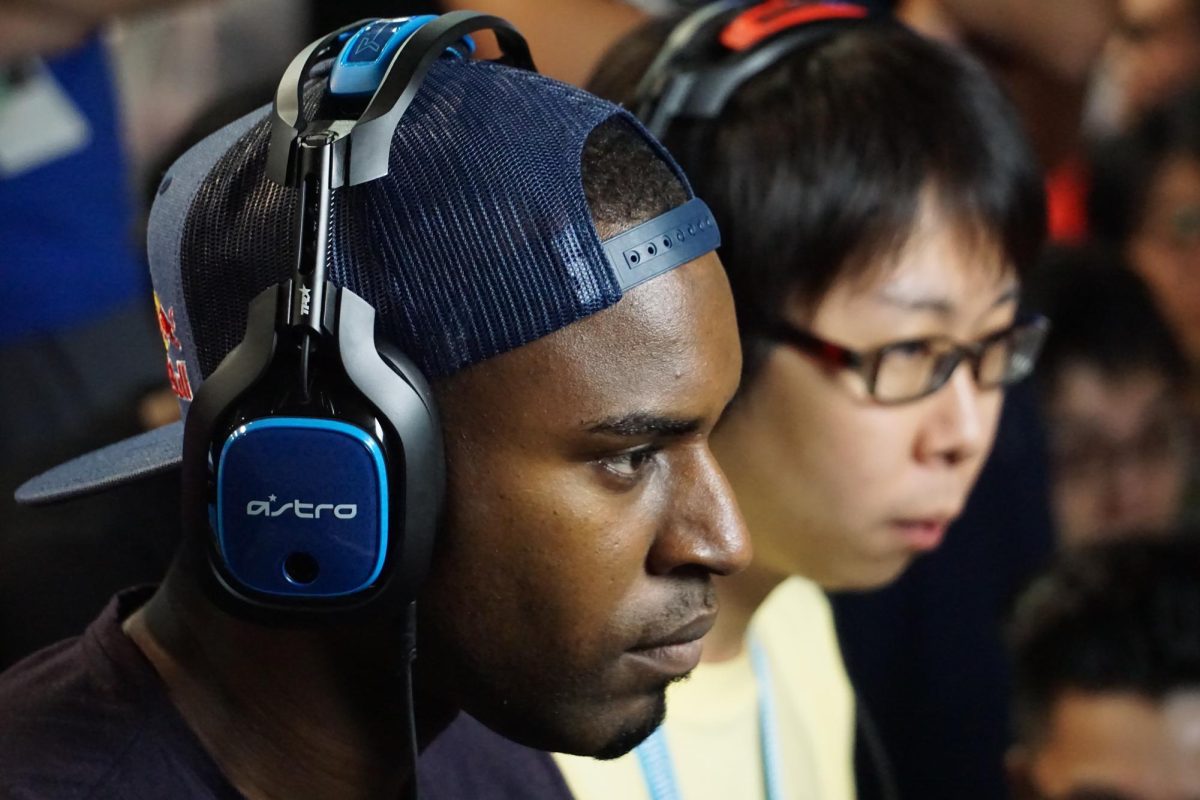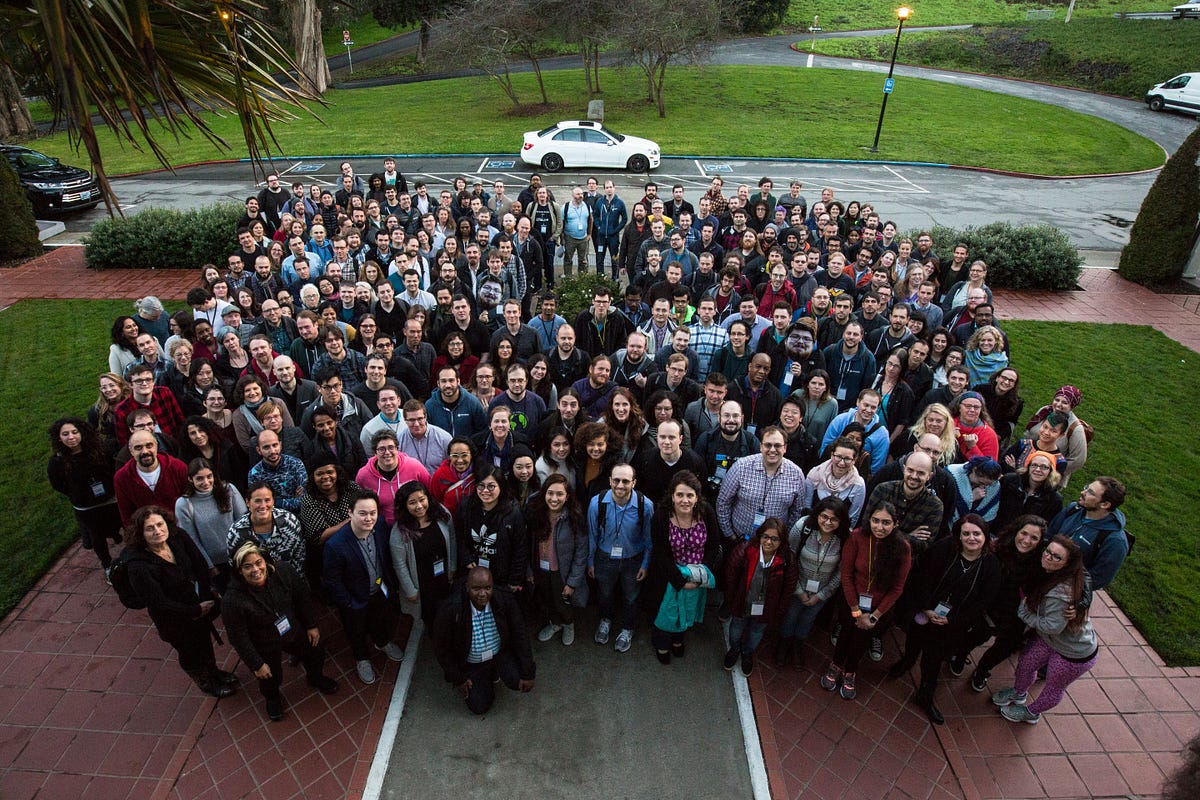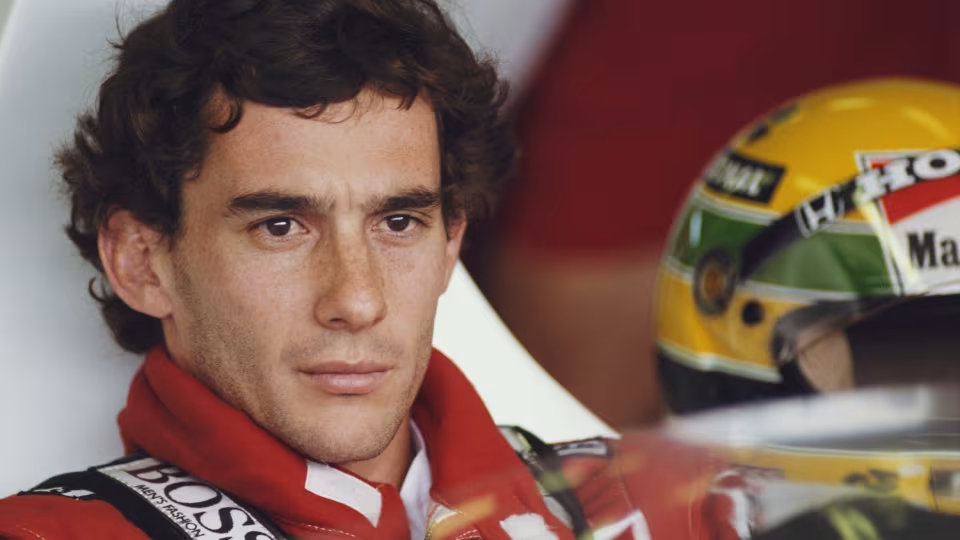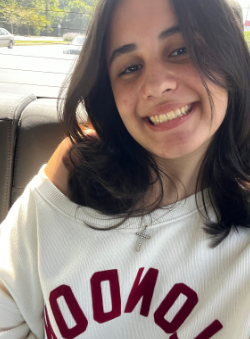“Ayrton Senna do Brasil”
Ayrton Senna da Silva was born in São Paulo, Brazil on March 21, 1960, to a wealthy Brazilian family, his father Milton Guirado Theodoro da Silva, was a factory owner and landowner. His mother, Neyde Joanna Senna da Silva, his mom, took care of him and his two other siblings, Viviane and Leonardo, Senna was the middle child.
Senna first developed a love for kart racing at the age of four years old, when his father first introduced to him the world of kart racing. Senna’s father built him his first kart using a 1-HP lawnmower engine as a gift and received it at age four. Nine years later, at age thirteen he started racing as shortly as he was legally allowed, he began racing at Interlagos and soon started competing in karting. In his first races, he quickly achieved the pole position in the races, and rapidly gained rivals who were a few years older than him; For example, in one race, he managed to lead most of it but retired after he crashed with a rival.
Senna won the South American Kart Championship in 1977. He raced in the Karting World Championship from 1978 to 1982, finishing second in 1979 and 1980. In 1978, he teamed up with Terry Fullerton, who he later called his most satisfying rival because there was less focus on money and politics.
Senna graduated from Colegio Rio Branco in the neighborhood Higienópolis in São Paulo and graduated in 1977, he had a grade 5 in physics, English, mathematics, and chemistry. After he graduated, his family told him to get into business college, but he dropped out after three years to pursue his dream of professional racing.
In 1981, Ayrton Senna relocated to Eaton, England, to pursue single-seater racing. Competing with the Van Diemen team, he clinched victories in both the RAC and Townsend Thoresen Formula Ford 1600 Championships. While facing family pressure to step into the family business, he contemplated retirement but ultimately accepted a £10,000 offer to race for a Formula Ford 2000 team. To distinguish himself, he chose to use his mother’s maiden name, ‘Senna,’ instead of ‘Da Silva,’ which is a common last name in Brazil. In 1982, he achieved outstanding success by winning both the British and European Formula Ford 2000 championships, thanks in part to sponsorship from Banerj and Pool.
In 1983, Ayrton Senna competed in the British Formula Three Championship with West Surrey Racing. He dominated the early season, but Martin Brundle of Eddie Jordan Racing narrowed the gap later on. Senna gained the title in a tense final round against Brundle. That November, Senna won the inaugural Macau Formula 3 Grand Prix while running for Teddy Yip’s Theodore Racing Team. Throughout most of his career, he was managed by Armando Teixeira, assisted by Domingos Piedade.
Formula One Career
In 1983, Senna tested for 4 Formula One teams, the teams were Williams, McLaren, Brabham, and Toleman, at the time the most run-for teams were Williams and McLaren. In 1984, important people in the racing world, like Peter Warr from Lotus, Ron Dennis from McLaren, and Bernie Ecclestone from Brabham, wanted to sign Ayrton Senna to their teams. They each offered him chances to test cars, and seeing his great talent had the chance to join Formula 1. Along with these testing offers, they also proposed long-term contracts that would keep Senna with their teams in the future. They believed that Senna had the skills and potential to make a big difference in their success.
During a test session at the Donington Park circuit, which is 3.149 kilometers (1.957 miles) long, Senna showed off his impressive driving skills by completing 40 laps. He was driving so fast that he outpaced all the other racers, including Keke Rosberg. Rosberg had just won the World Championship driving for the Williams team, but that didn’t stop Senna from impressing everyone with his talent.
Even though Senna performed exceptionally well during the test, the reality was tough. Both Williams and McLaren, two of the top teams, had no open spots for the 1984 racing season. This meant that Senna had to look for opportunities with other teams, which was not easy in such a competitive sport. Regardless, his determination and skills made it clear that he wouldn’t give up and would keep searching for a chance to prove himself in Formula 1 racing.
Frank Williams, the team principal of Williams, and Ron Dennis, the boss of McLaren, noticed that Ayrton Senna wanted to test their cars before anyone else, aside from their regular drivers like Keke Rosberg. This was important for him to perform well in a fresh car. Although Peter Warr from Lotus considered replacing Nigel Mansell with Senna, the team’s sponsor, Imperial Tobacco, preferred a British driver. Determined to race that season, Senna tested for Brabham at Circuit Paul Ricard in November 1983 and impressed the team. However, due to sponsor Parmalat wanting an Italian driver, he did not get the seat. Instead, he joined Toleman, a new team with less competitive Pirelli tires, racing alongside Venezuelan Johnny Cecotto, a former motorcycle racing champion.
In 1984, Ayrton Senna hired Nuno Cobra to help with his fitness due to concerns about his weight. He debuted at the Brazilian Grand Prix but retired after eight laps because of a turbocharger failure. Senna scored his first World Championship point by finishing 6th at the South African Grand Prix, despite suffering from cramps. He faced difficulties at the San Marino Grand Prix and couldn’t qualify. His best performance came at the rainy Monaco Grand Prix, where he climbed from thirteenth to second place before the race was stopped due to heavy rain, this was Senna’s first race in the rain.
Senna was famous for his ability to provide precise details about his car’s performance and track conditions, even before telemetry became popular in racing. This talent impressed Pat Symonds, Senna’s first Formula One race engineer. Symonds regarded the Dallas Grand Prix in the United States as a standout moment of Senna’s debut season, rather than the Monaco Grand Prix.
Reflecting on the Dallas race, Symonds recalled, “The car was reasonably competitive there, so we expected to have a good race. However, Senna spun early in the race. He then found his way back through the field quite effectively, and we were looking for a pretty good finish. But then he hit the wall, damaging the rear wheel and driveshaft, and retired. It was a real shame.”
The most interesting part of the incident happened after the race when Senna returned to the pits. He told Symonds, “I’m sure that the wall moved!” Symonds admitted that he had heard many excuses from drivers, but that one was new. Yet, Senna’s self-confidence shone through as he persuaded Symonds to check out the crash site with him.
When they examined the area, Symonds was surprised to discover that Senna was correct. On this street circuit, the track was lined with concrete blocks, and someone had hit a block at the far end, causing it to swivel slightly. This change made the leading edge of the block stick out by a few millimeters, which was just enough to cause the accident. “While I had been annoyed at first,” Symonds reflected, “my respect for him increased quite a lot when I saw how he had been driving.”
A year later in 1985, Senna left Toleman and joined Lotus and that year he got his first pole position. That year at Rio, he took the lead in the testing times, despite he retired later on the race that weekend because of electrical issues during the race. In the second round of that same season, at the Portuguese Grand Prix, Senna got to the first pole position of his career which occurred in the rain. Senna won by one minute from Michele Alboreto, from Ferrari, and got to lap everyone up including the third place position, Patrick Tambay.
Senna was a top contender in several races but had to drop out due to engine problems or running out of fuel, including a crash at the French Grand Prix. He only scored points again when he came in second at the Austrian Grand Prix, even though he had taken pole position several times before. Some drivers criticized him for his tactics during qualifying at Monaco. Senna also got podium finishes in the Netherlands and Italy before winning again at Spa-Francorchamps. His relationship with De Angelis grew tense over who would be the top driver on the Lotus team, which made De Angelis leave for Brabham. By the end of the season, Senna finished fourth in the standings, while De Angelis was fifth. Senna proved he was the fastest by getting seven pole positions and using Renault’s powerful V6 engines.
De Angelis was replaced at Lotus by Johnny Dumfries after Ayrton Senna vetoed Derek Warwick, believing the team couldn’t handle two top drivers. Senna preferred Maurício Gugelmin as the number two driver, but the sponsor insisted on a British driver. Senna started the season strong, finishing second in Brazil and winning the Spanish Grand Prix by just 0.014 seconds, putting him at the top of the Championship early on. However, reliability issues caused him to fall behind Mansell, Piquet, and Prost. Despite this, he achieved eight pole positions and six podiums, finishing fourth in the standings with 55 points. Senna’s 98T car produced over 1,300 hp in qualifying and 850 hp in races.
Later in 1988, Senna joined the McLaren team after building a strong relationship with Honda during the 1987 season with Lotus. This decision was supported by McLaren’s top driver, Alain Prost, who was a two-time world champion. Their partnership led to a fierce rivalry, resulting in many dramatic races over the next five years. However, despite competing against each other, Senna and Prost realized they needed to work together, especially during testing, to stay ahead of their main rivals like Ferrari, Williams, Benetton, and Lotus.
One key moment of the year was at the Monaco Grand Prix, where Ayrton Senna qualified 1.4 seconds faster than Alain Prost. He led most of the race but crashed on lap 67. Upset by his mistake, he went home without talking to his team until later that night.
At the Portuguese Grand Prix, Prost had a quick start, but Senna took the lead. When Prost tried to pass, Senna blocked him, causing Prost to nearly crash. This upset Prost, but Senna later apologized.
Senna and Prost dominated the season in their McLaren MP4/4, winning 15 of 16 races, with Senna winning his first championship with eight victories to Prost’s seven. Senna also set records with eight wins and 13 pole positions.
The biggest incident came at the Italian Grand Prix, where Senna, leading by five seconds, collided with Jean-Louis Schlesser’s car. Senna got stuck, and Ferrari won the race, marking their first win in Italy since their founder, Enzo Ferrari, passed away. That was the only race McLaren didn’t win in 1988.
His last races
In 1994, Ayrton Senna joined the Williams racing team after Alain Prost retired, earning a salary of $20 million. He was given car number 2, while his teammate Damon Hill drove car number 0 since Prost would have had the number 1. With Senna’s arrival, Williams also gained a new sponsor, Rothmans International, who supported the team in a stylish white and navy design.
During testing, the new Williams FW16 car didn’t perform as well as previous models because new rules banned features like active suspension and traction control. Senna struggled with the car’s handling and said he felt uneasy pushing it to the limit. He even warned that the season might see many accidents and that they would be lucky if something serious didn’t happen.
The season he started at Interlagos in Brazil, where Senna secured pole position but lost the lead after being overtaken by Michael Schumacher during pit stops. He spun out on lap 56 and retired from the race. In the next race, the Pacific Grand Prix in Aida, Senna again started on the pole but was involved in a collision with Mika Häkkinen and crashed into the gravel after being hit by Nicola Larini. Both retired from the race, marking Senna’s worst season start without any points, while Schumacher took the lead in the championship by 20 points.
The crash
The 1994 San Marino Grand Prix in Imola, Italy, became one of the saddest events in Formula One history. On Friday, Senna’s friend, Rubens Barrichello had a bad crash during qualifying but thankfully survived with only minor injuries. Then, on Saturday, Austrian rookie Roland Ratzenberger tragically died in a crash because of a problem with his car’s front wing. This left Senna feeling very shaken up.
Even after being warned by FIA medical chief Sid Watkins that he should stop racing, Senna decided to continue. On Sunday morning, he talked with Alain Prost about making racing safer and suggested restarting the Grand Prix Drivers’ Association. During the race, there was a collision at the start that injured nine people, and the safety car slowed everyone down, causing tire pressure issues. Frustrated, Senna tried to urge the other driver to speed up, but things took a turn for the worse just a few laps later. He lost control of his car at the Tamburello corner and crashed into a concrete wall.
Medical teams got there quickly, but they found Senna in very serious condition. He was airlifted to a hospital in Bologna, but the doctors later announced he had died. Investigations showed that the suspension of his car had hit his helmet, causing fatal injuries. A folded Austrian flag was discovered in his car; he had planned to raise it in honor of Ratzenberger. The deaths of both drivers led to important changes in Formula One safety rules, ensuring their legacies would help keep future drivers safe.
His legacy
Thirty years later, Senna is still one of Brazil’s proudest sportsmen of all time, Senna is the idol of most F1 drivers, for example, Lewis Hamilton, Charles Leclerc, and F2 driver, Andrea Kimi Antonelli. Senna changed F1 forever, now, the racing cars have structures to protect the driver for when it crashes, the nose, sides, cockpit, and rear parts of the racing car were modified to absorb any impact if there is a collision. Another thing that was created was a new barrier, called “TecPro” which helped assist the injured driver and made the escape and protection area for the tracks. Senna before the incident asked for speed limits in the pit areas, currently, the speed limit is 80 km/h, with exceptions in narrower tracks, such as the Monaco track.
The last 2024 races
Now, we’re at the end of the 2024 Formula One season, with only three races left, Las Vegas, Qatar, and Abu Dhabi. The top three teams are McLaren, Ferrari, and Red Bull, with McLaren with 593 points, Ferrari with 557 points, and Redbull with 544 points. Fans are anxious to know who is going to win this season, all of this because of Senna’s legacy of saving race tracks and cars.
